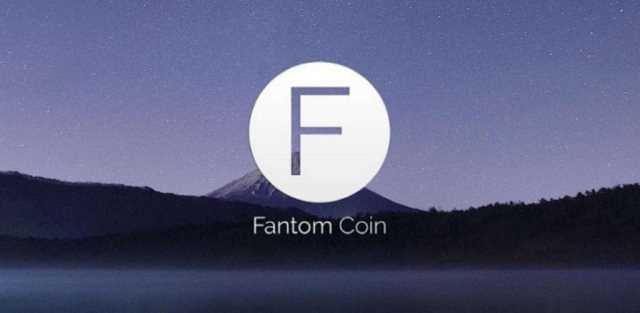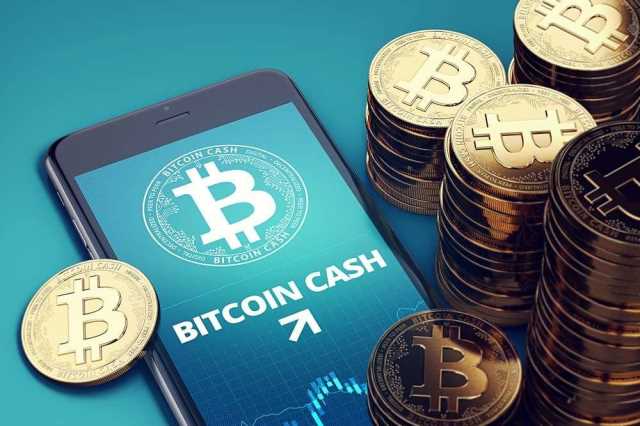The Latecomers Guide to Crypto The New York Times

You and your gambling partner would upload the contract to the Ethereum network and then send a little digital currency, which the software would essentially hold in escrow. The next day, the software would check the weather and send the winner their earnings. A number of “prediction markets” have been built on the platform, enabling people to bet on more interesting outcomes, such as which political party will win an election.
Modeling-driven smart contract improvement
Although other cryptocurrencies, such as Ethereum, perform better than Bitcoin, blockchain still limits them. On some blockchains, transactions can be completed in minutes and considered secure after just a few. This is particularly useful for cross-border trades, which usually take much longer because of time zone issues and the fact that all parties must confirm payment processing. A new and smaller chain might be susceptible to this kind of attack, but the attacker would need at least half of the computational power of the network (called a 51% attack). By the time the hacker takes any action, the network is likely to have moved past the blocks they were trying to alter.
Blockchain smart contracts: Applications, challenges, and future trends
- Of course, the records stored in the Bitcoin blockchain (as well as most others) are encrypted.
- Thanks to the help of mathematician David Bayer, Merkle trees were incorporated into the design the following year, so that data could be consolidated into one block — similar to what we know blockchain’s functionality to be like today.
- Although existing oracles are well tested, their use may introduce a potential “point of failure”.
- Walmart Canada turned to blockchain to address payment disputes with freight carriers by automatically sending payments rather than manually reconciling invoices, and the company has since expanded its use of blockchain.
- More recently, it has become a means to trade, sell and authenticate original digital pieces of art.
We can distinguish between two state types, namely constant states, which can never be changed, and writable states, which save states in the blockchain. We can distinguish between two function types, namely read-only functions, which do not require gas Footnote 2 to run and write functions that require gas because the state transitions must be encoded in a new block of the blockchain. Furthermore, paying currency is required to avoid infinitely smart contract runs. Beyond being used for finances, blockchain technology has many other functions.
- As it’s gone mainstream, crypto has inspired an unusually polarized discourse.
- (I even made a very silly one while writing this article.) There are also companies that run their own blockchains, but we’ll get into that later.
- I could, if I wanted to, create a blockchain where each block stored the entire text of The Great Gatsby.
- Adding restricted access to an encrypted record-keeping ledger appeals to certain organizations that work with sensitive information, like large enterprises or government agencies.
1 Operational process of smart contracts

In this regard, a blockchain can offer an immutable storage of records and smart contracts can be used as a responsible for verifying the data origins before storing them. Similar ideas are applied in [6, 44], where a blockchain is used as a decentralized and immutable storage for enabling data provenance. For instance, Javaid et al. [44] have proposed a blockchain-based data provenance and integrity for secure IoT environments framework, called BlockPro. The first smart contract established data provenance by interacting with the IoT devices and making sure they are legit and the data being uploaded is coming from a known and trusted origin. The second smart contract can only be called by the first one to storing data on and retrieving data from the blockchain. Through this survey, we aspire not only to define the conceptual background of blockchain-enabled smart contracts, but also to identify research issues to be explored at new studies.
Blockchain vs. Banks

Profit-centric solutions aim at increasing the profit by reducing real-time tracking costs, improving cross-border payments, and enhancing distributed problem-solving transparency. Tables 10, 11, and 12 present some examples of profit-centric solutions concerning tracking-based solutions, digital asset-based solutions, and crowdsourcing-related solutions, respectively. The privacy issue represents a real challenge for smart contracts to keep critical functions secret, apply cryptography, and avoid disclosing data on the blockchain to the public. The lack of transactional privacy could limit the adoption of smart contracts. To address this issue, Kosba et al. [49] have proposed Hawk, a decentralized smart contract system.

This is different from a standalone database or spreadsheet, where one person can make changes without oversight. It’s true that most crypto activity today takes place on blockchains that require large amounts of energy to store and verify transactions. Solving these puzzles crypto and blockchain articles requires powerful computers, which in turn use lots of energy. The smart contract protocol aims at making contracts more secure, executed in real-time, and more transparent, which are the exact challenges with the existing profit-centric cross-organizational collaboration.
But it wasn’t until almost two decades later, with the launch of Bitcoin in January 2009, that blockchain had its first real-world application. It’s true that most newer blockchains are designed in a way that requires considerably less energy than Bitcoin, and that Ethereum’s switch to a proof-of-stake consensus mechanism will greatly shrink its environmental footprint, if and when it happens. Crypto owners, then, have a rational incentive to convince other people to buy.
- Many in the crypto space have expressed concerns about government regulation of cryptocurrencies.
- But one U.S. investor, who spoke with Fortune on the condition of anonymity, said they only received a partial refund.
- In this context, several studies using blockchain-enabled smart contracts [38, 87, 97, 119] have been proposed, as shown in Table 12.
- Similar ideas are applied in [6, 44], where a blockchain is used as a decentralized and immutable storage for enabling data provenance.
- Blockchain also facilitates secure sharing of medical data between healthcare providers, patients and researchers, and is even being recruited by genome-sequencing startups to help crack the genetic code.
Section 4 describes the adopted survey methodology and the solution taxonomy used to categorize existing smart contract-based solutions. In Sections 5–8, we present existing advances in modeling-driven smart contract improvement, optimization-driven smart contract improvement, resource-driven smart contract usage, and cross-organizational collaboration-driven smart contract usage. Section 9 discusses the study results by introducing challenges and future trends in the studied field. The original blockchain is the decentralized ledger behind the digital currency bitcoin.



















Comments are Disabled